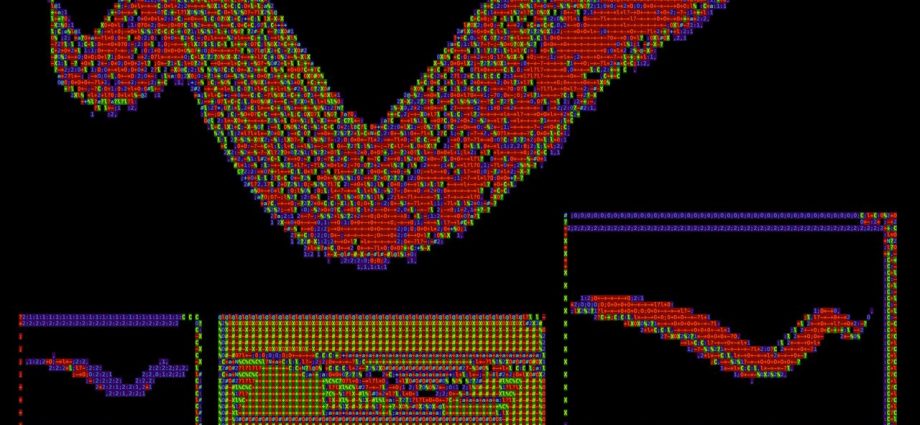The Worm That No Computer Scientist Can Crack
The Santa Ana winds were already blowing hard when I ran the first worm simulation. I’m no hacker, but it was easy enough: Open a Terminal shell, paste some commands from GitHub, watch characters cascade down the screen. Just like in the movies. I was scanning the passing code forContinue Reading



